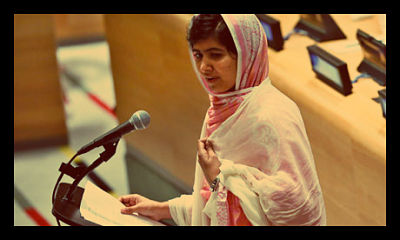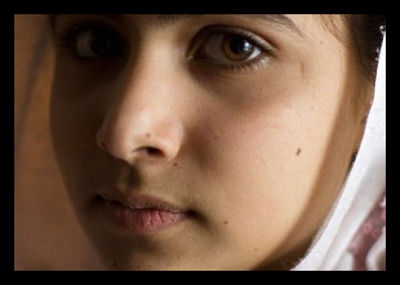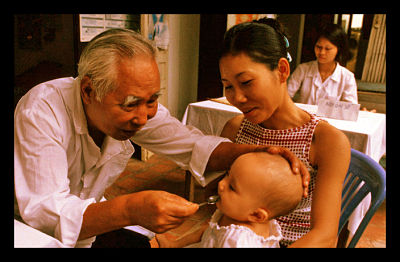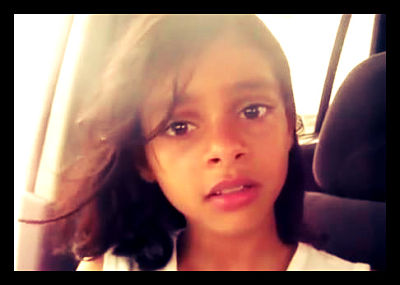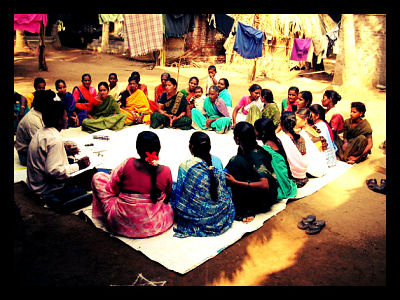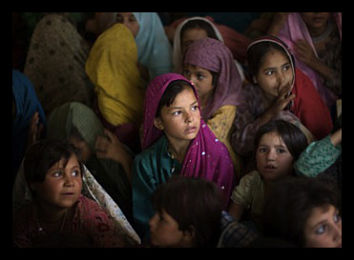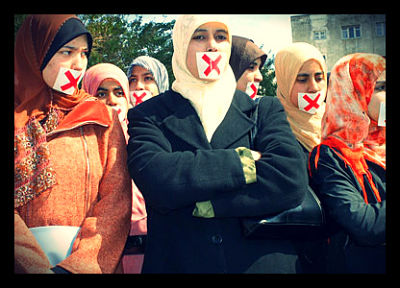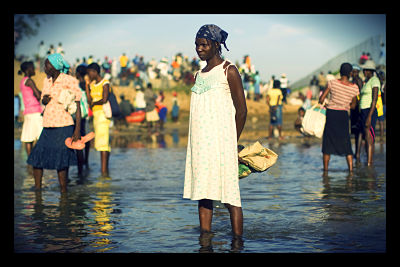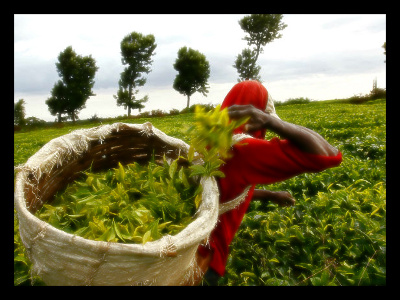
Project Concern International (PCI) is an organization which seeks to to prevent disease, improve community health, and promote sustainable development worldwide. PCI was founded in 1961 by Dr. James Turpin after saving the lives of two children suffering from pneumonia while working in a Tijuana clinic. This experience inspired the young doctor to go on and forever change the lives of millions. PCI envisions a world in which resources are abundant and shared, communities are capable of providing for the basic health and well-being of its members, and children and families can achieve lives of hope, good health and self-sufficiency. PCI conducts its work through field offices in host countries where directors can live in the area and get an intimate understanding of local needs.
Working in 16 countries, PCI hopes to reach at least 5 million people per year with its services. Overtime, PCI has expanded its reach through increased funding: from the Bill and Melinda Gates Foundation to government grants to the Starbucks foundation, PCI has a well rounded list of supporters. PCI’s ultimate goals include addressing the root causes of poverty and poor health; working with the community to leverage their assets, capabilities and goals to create community-inclusive solutions; implementing holistic solutions; cultivating long-standing relationships with community leaders, investors, and stakeholders to catalyze the impact of aid spent; and developing tools which measure the long-term success of such programs. PCI addresses poverty through programs focused on women’s empowerment & poverty, children’s health, disease prevention, food & water programs, and disaster relief & recovery. Between 2013-2016, PCI hopes to reach over 10 million people worldwide and become a leader in building community capacity, resilience and self-sufficiency.
In addition to its programs worldwide, PCI also has a series of initiatives to further promote its goals. These intiatives include: Women Empowered, Legacy, Who Cares? and SHE.
- Women Empowered: Established in May of this year, Women Empowered is an initiative in support of women’s equality, human rights and success. PCI believes that women are the solution to poverty, poor health and vulnerability and that through WE, women can attain social and economic empowerment. WE programs are currently being implemented in Guatemala, Bolivia, Botswana, and Malawi. One such success story comes from Maweta in Zambia. After raising six children of her own, Maweta returned to parenthood to raise her grandchildren after their parents died from AIDS. Without a steady source of income, Maweta struggled to provide for her grandchildren. After attending a community orientation hosted by PCI, Maweta began mobilizing women in her community to form a self-help group. Nine months later, Maweta has learned how to read and write, perform basic accounting and save $60 by selling mangoes to her community. Maweta has since received a loan to start a small business. Maweta buys food in bulk, repackages it into smaller quantities and sells these to her village. Since starting the business, Maweta has been able to provide for her grandchildren’s basic needs and education.
- Legacy: PCI’s Legacy Programs focus on maternal/child health and nutrition, as well as economic empowerment. As the name suggests, ‘Legacy’ for PCI means consistent and compassionate commitment to the communities involved. These programs include: Well Baby clinics, Ventanilla de Salud (VDS), Casa Materna, and the Street and Working Children Program. Ventanilla de Salud (VDS) targets at risk immigrant populations near the border, by providing basic health and community services, while these families are waiting for service at the Mexican consulate. VDS has reached more than 41,000 people with health education information and nearly 20,000 with HIV/AIDS prevention messages. However, the VDS program suffers from a lack of funding and has been scaled back by more than 25 percent.
- Who Cares?: An online campaign which celebrates, recognizes and encourages those who are giving back to the greater good. Who Cares? provides volunteers with the opportunity to network, share stories, or just get motivated about a cause. Who Cares targets the youth and young adults because they believe that the ability of today’s youth to mobilize others is huge, yet largely untapped. In addition, Who Cares provides tools to help the youth mobilize others and make their efforts pay off.
- SHE: SHE, which is short for Strong, Health and Empowered, is a group of ambassadors who dedicate their time to PCI’s projects across the globe. These ambassadors work within the community to promote women’s empowerment and find innovative solutions to ensure that women lead strong, healthy lives.
To learn more about PCI’s work, explore PCIglobal.org for more info.
– Kelsey Ziomek
Sources: PCI Global, The San Diego Foundation, Washington Global Health Alliance, Coronado Eagle
